In this blog post, we are going to talk about pitch decks for startups…
Writing a killer pitch deck for investors can be an overwhelming process… Especially if you are doing it for the first time…
You have to research your market and figure out your go-to-market strategy… and your financials…
Let’s start with the definition of a pitch deck…
A Pitch Deck is a tool to shoot a quick and exciting picture of a business idea…
Sometimes the idea is not formed fully and sometimes it has enough data to express your idea…
Rule number one… Pitch Decks are dynamic… It will change over time… So there is no such thing as a perfect pitch deck…
The point here, to create an interesting pitch deck is you have to solve many strategic decisions…
Pitch decks are startups stories… If you start thinking about it as a story then immediately you start to think about the story arc…
There are the intro, plots, developments, antagonists, and the climax in a good story…
And when we examine successful company’s pitch decks, we realize there are always good story arcs in all of them…
How many pages are there in a Pitch Deck?
First the problem and solution section…
(problem-solution slide 1: Cover, slide 2: problem, slide 3: solution)
Your approach should be there is a major pain point in the world and you have the only solution to it… this solution must look beautiful, saves time for others, and the user must be loving it…
It is always interesting to start with a question to get the attention of the reader… It is very important to catch their attention in a few seconds… And making them wonder more about your idea…
I think this Problem (sometimes it is called the opportunity) slide should be simple… Propose 3 or 4 sentences…
For example, let’s have a look at Airbnbs’ problem slide…
They say:
Price is an important concern for customers booking travel online
Hotels leave you disconnected from the city and its culture
No easy way exists to book a room with a local or become a host
See how simple and undebatable… because you don’t want to go into the debate during a meeting with investors…
If you are building a product that a lot of people will use, then the pain points need to be so clear to so many people…
About your solution slide…
Try to tell, what your product does, how people find it useful in their lives… Why do they pay you and how do you earn money and how your business model makes sense for them…
Don’t be confusing, don’t use excessive terms… It can destroy attention… No tech jargon, please…
An example of this is:
Instead of saying “Our website is fully responsive”
Try to say “You can access our website on any device”
It is better to talk about the product in the abstract… Don’t get into features yet…Just talk about what it does at its core… This could be a sentence or it could be a couple of bullet points… That connects to the problem statement that you just talked about…
Second… The product section…
(Product slide 4: product, slide 5: demo, slide 6: features and benefits, slide 7: business model, slide 8: traction)
What you have to be careful with this section is to be aware that people will be looking at your product for the first time…
It is time to tell about your actual product and its features… Screenshots are good but a demo video is great…
Avoid a video for more than 60 seconds…
And then tell about the benefits to the user… Not you or the investors!
About the business model… It is basically how you earn money… Is your model subscription or you earn money by advertisement? Or do you sell data?
What is your average contract size? How much is one user worth to you?
Keep in mind… This is not a pitch to a customer, this is how your company makes money…
After describing the business model you need to show your tractions…
It is the most important slide in your pitch deck… You need tractions to raise capital (or the possibility of traction!)…
Are there any examples where companies raise capital without any traction… Yes… but it is rare… Or you have already made a successful exit in your previous startup…
In today’s world investors want to see tractions… This is how can you stand out…
And by traction I mean, data about your company… This could be the number of users, revenue, contracts you have signed, etc…
So far you continue to build up your story… And we continue to go to the market section…
(Go to market slide 9: go to market, slide 10: market size)
You are not only building this idea but also telling investors that you are a rockstar at selling it… Before filling in this section you have to do your homework about your market…
An excellent go-to-market plan should consist of…
A layout of how your customer acquisition process looks
A plan or timeline on your critical team member hires. Tell me why do you want to hire them and what will they do
Your expected unit economics… This means how much your average customer acquisition costs… What is your customers’ lifetime value, etc…
These plans can change in the future, don’t worry about it… Startups are all about experimenting with the right ideas…
What you need to do is to show investors that you and your team have a plan…
After you show how you penetrate the market then it is time to show the market itself…
Most investors are very good at certain markets, you have to be careful and give solid examples… Instead of saying we estimate the X market size is Y Billion USD, say according to the chamber of commerce the X market size was Z Billion USD in 2021…
A huge tip for you… The size of the problem you solve is not always equal to the size of the market… Please do not confuse these together…
The point of this slide is to show how much money your company potentially makes… Always take your time and research… Prove to yourself first…
Now that you have covered the business opportunity you must confirm that there are no obstacles… Competitors’ section…
(Competitors slide 11: competitors slide 12: unique advantages, slide 13: team)
What investors are seeking about this section is… If you found a new, innovative way to solve the problems than your competitors…
Or your startup may be in a new market… Do you remember this from our previous lectures? If you are, then try to explain your product in more detail…
Don’t forget, there is no such thing as “We have no competitors in the market”. There should be other solutions to the problem but still, there are other companies having the market share…
I like two-axis comparisons when you are mentioning your competitors… As long as you can differentiate yourself…
That two axes can be price vs design or automation vs usability… Just think about what is separating you from your competitors…
But for most businesses are complex and would require a grid… If you have this kind of a startup the grid le’s you, talk about your advantages much more clearly…
Using the grid will let you show more features than using the two-axis presentation…
And your team… It is better if your teammates had previous experience in that market… Emphasise that…
If not… then try to give small examples of your achievements… For example, if you had previous managerial experience… Mention it…
In your first slide, try to tell why are you and your team doing this… and why can’t anyone else catch up to you…
In this section I recommend only mentioning the founders and core team members… 2 to 4 people would be enough… Do not list all the employees…
You can mention the advisors in this slide but if only you have strong connections with them and if they allowed you to do it…
Now you told your story about your startup… And now it is time for the climax section… To ask an investor to join your startup…
(Ask slide 14: financials, slide 15: fundraising)
Investors will expect to see some projections on how you expect the startup to grow in the next 3-5 years…
OK everyone knows those predictions not going to be accurate but the key point here is to see the expectations of founders…
Do not be both over pessimistic and optimistic in your expectations… Either way, investors think negatively…
Remember the mindset of a seed investor is to catch a 10X valuation in 5-7 years… The market average is almost 3X…
This brings us to the ask slide…
Where you are should talk about how much money you are raising… And a simple break of how you plan to use it…
You can use categories like Marketing, Operations, and Development…
For a startup, the Growth/Marketing budget should be the biggest chunk of the pie…
The right approach will be to tell the investors that he/she can be a part of your idea… Make a ton of money and there are the numbers… Show them…
There you have it, those are the 15 slides for a killer startup deck…
Investors don’t want 45 slides deck… And they don’t want a one-page summary either…
Also, 50 pages of business plans are out of date…
They want a presentation that you and your teammates are capable of solving a big money-making problem…
As a final note, these are not rules, but more like guidelines… you can be experienced through time and listening feedback…






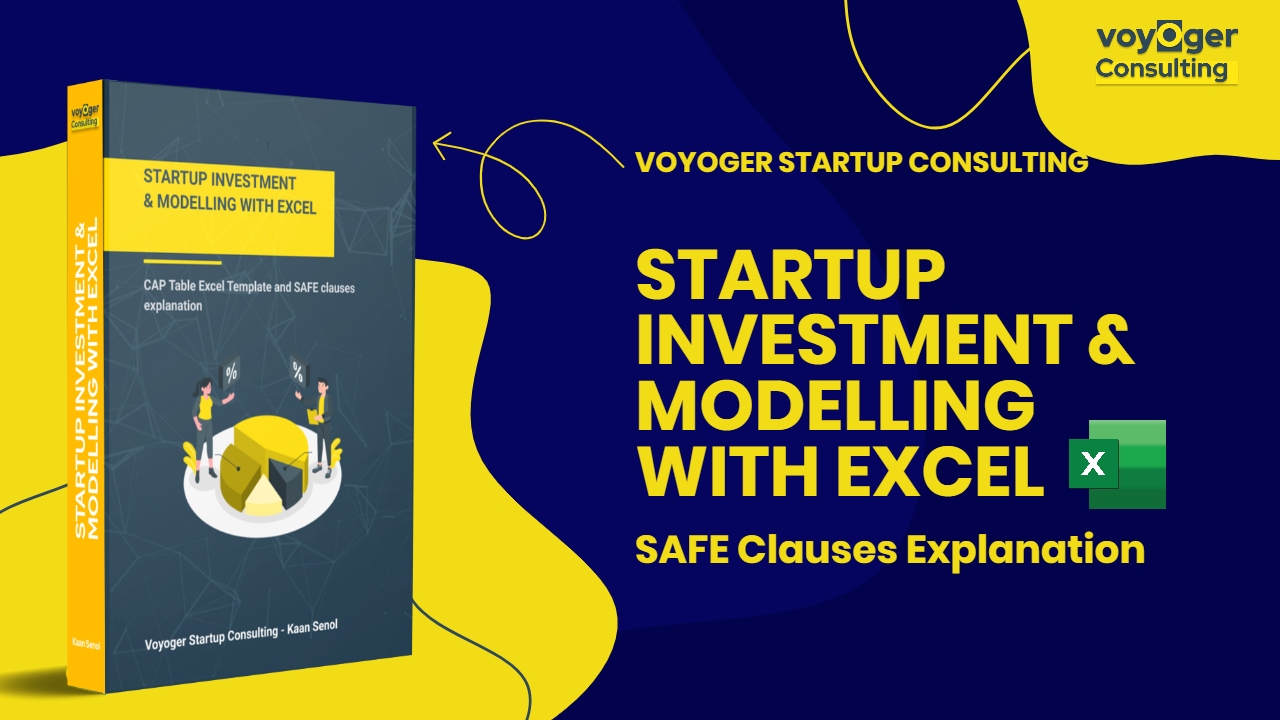
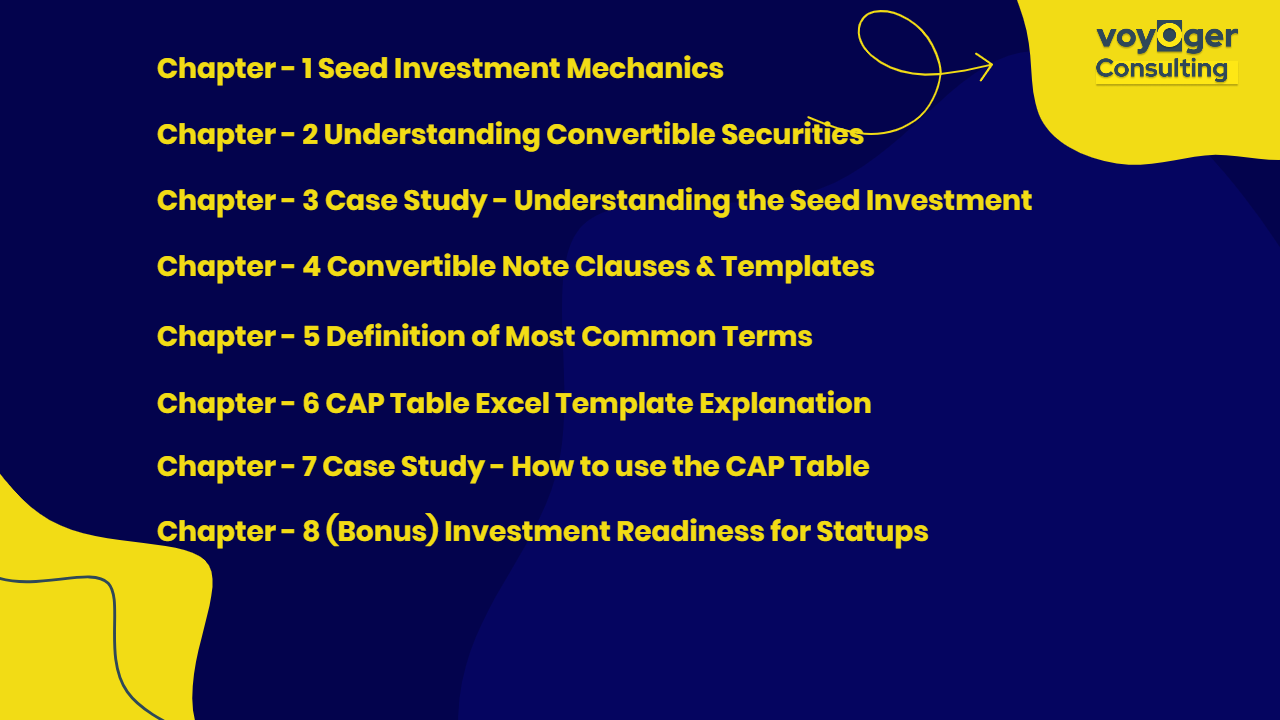
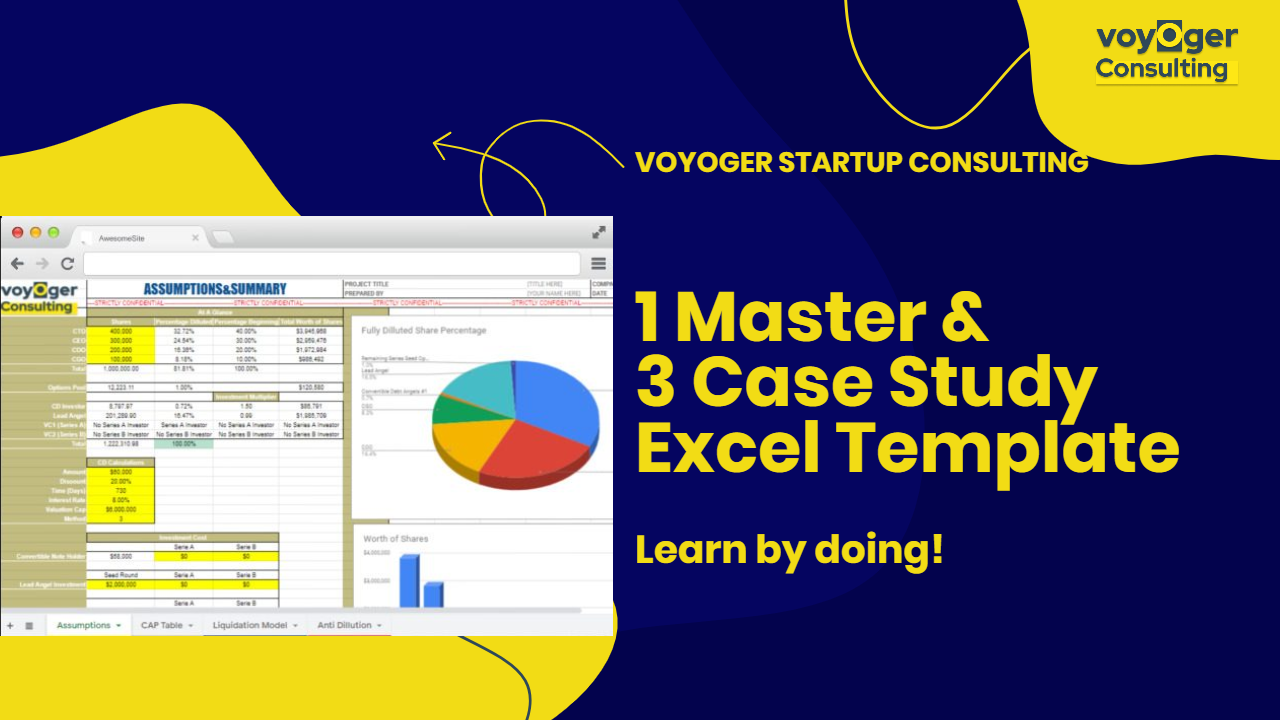
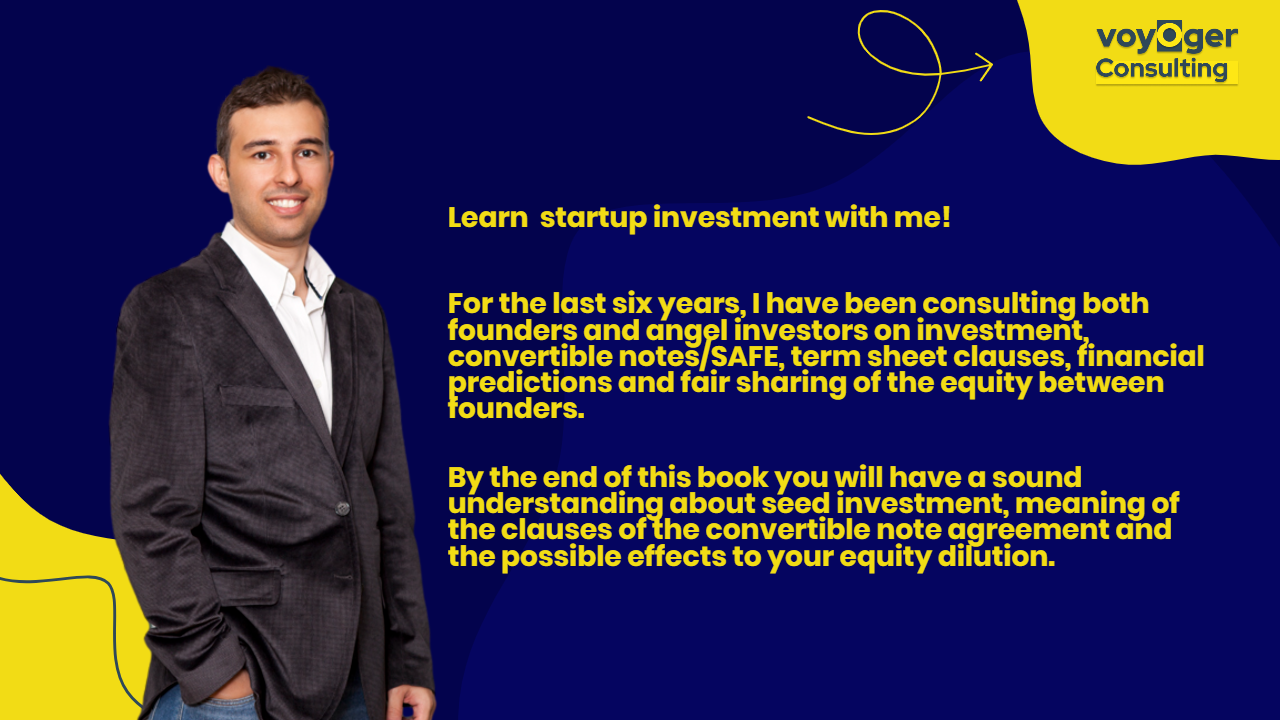

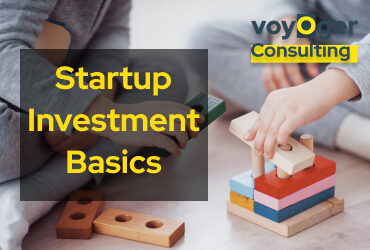

0 Comments